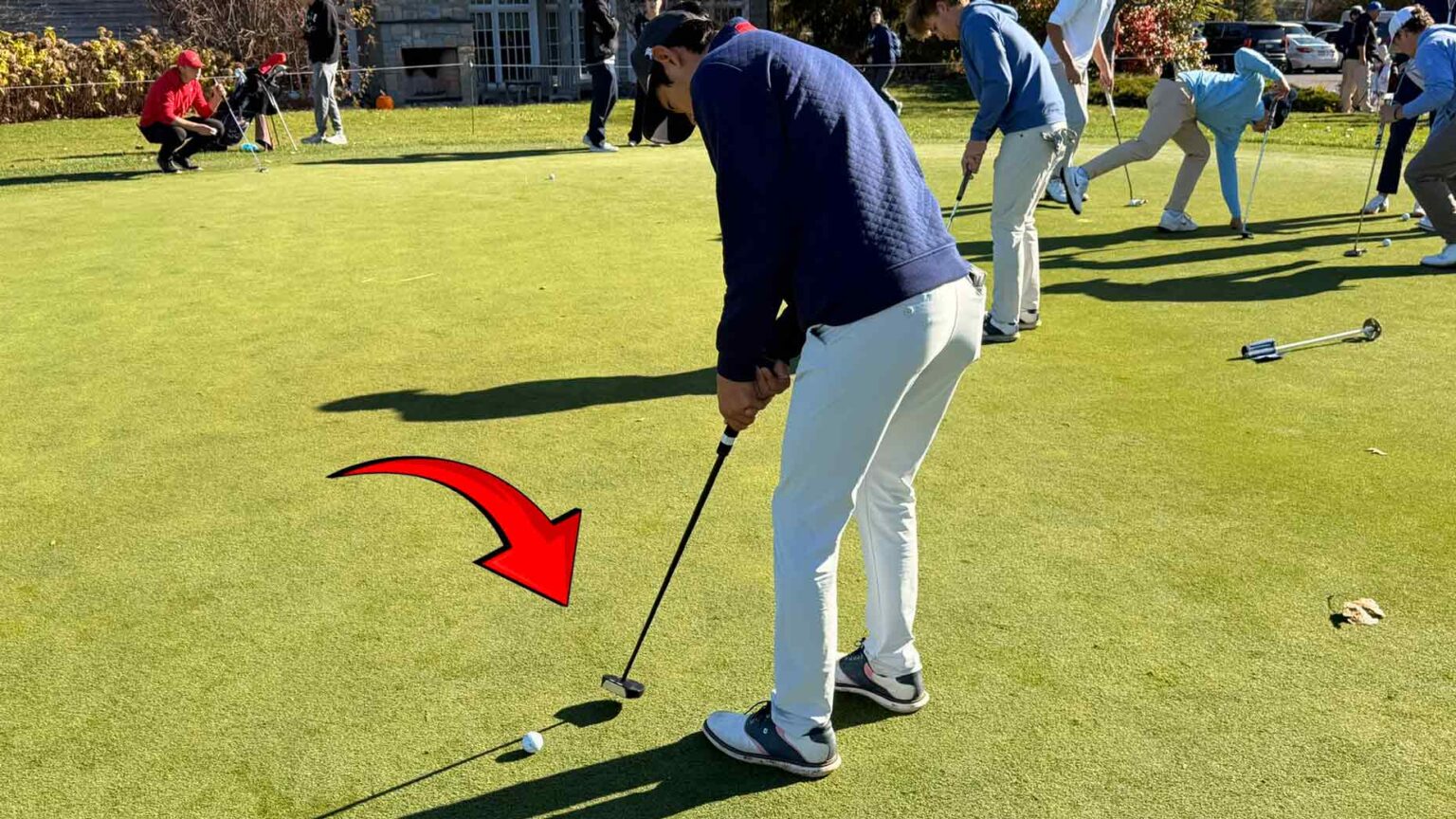Diving into the Rise of Low-Torque Putters in Junior Golf: Insights from the PIAA State Championships
The recent Pennsylvania Interscholastic Athletic Association (PIAA) State Championships at Penn State showcased the top-tier talent of young golfers from around the state. With 216 of Pennsylvania’s best junior boys and girls competing for state titles, the competition was fierce. As a coach for two of these hopefuls, I witnessed not only impressive skill but also a remarkable trend in the equipment being used—specifically, low-torque putters.
What Are Low-Torque Putters and Why Are They Gaining Popularity?
Low-torque putters—often referred to as zero-torque or lie-angle balanced putters—are quickly becoming one of the hottest categories in golf equipment. However, you might not see many players at your local municipal course using them. In the world of junior golf, this is beginning to change. At the championships, I noted a high prevalence of these putters, particularly models from notable brands like L.A.B. Golf and Odyssey’s Square 2 Square.
Junior Golf Scene: A Breeding Ground for New Technologies
Standing on the practice putting green, I observed around 60 players honing their skills—and almost 10 were wielding low-torque putters. This is significant when considering the overall trends in golf gear. Traditionally, these putters have been popular among more experienced players, which begs the question: why are so many junior golfers opting for them?
Muscle Memory: The Key Factor for Juniors
As GOLF’s Jake Morrow pointed out in a recent podcast, low-torque putters might be ideally suited for players who have little to no prior putting experience. Junior golfers often have less established muscle memory compared to seasoned players, allowing them to easily adapt to new equipment without the burden of past habits. This lack of ingrained techniques means juniors can change their putting stroke more fluidly, making the transition to low-torque putters simpler.
Reduced Complexity in a Junior Golfer’s Game
More seasoned golfers often struggle with the retraining required to shift their putting mechanics. Most juniors have not extensively used traditional putters, which often encourage a natural arc in the stroke. Because they have not developed muscle memory around these older technologies, juniors can find it easier to embrace the benefits of low-torque putters, enhancing their performance on the greens.
The Future of Low-Torque Putters in Professional Golf
The rise of low-torque putters in junior golf raises interesting questions about their future in professional circuits. Given that today’s top junior golfers are adopting this technology at an unprecedented rate, we may be poised for a wave of low-torque putters in the upcoming PGA Tour events. As these young talents transition to the professional ranks, their preferences will likely shape the equipment landscape for years to come.
New Developments on the Horizon
As we look ahead to 2026, exciting new gear is set to hit the market now that the Tour has returned from Japan. We’ve already caught glimpses of innovative technologies, such as PXG’s new Lightning metalwoods lineup, and Odyssey’s Tri-Hot Square 2 Square putters. Golf enthusiasts and pros alike should keep their eyes peeled for the latest updates from the USGA Conforming list in the coming weeks as more newcomers enter the field.
Rethinking Traditional Club Choices
The recent success of Tommy Fleetwood, who won in India without using a traditional driver, has many players questioning their club selections, including myself. Although I’m pleased with my current driver, I feel compelled to explore alternative options heading into ClubTest 2026. This experience has made me wonder if a driver is truly necessary for every course.
Keeping an Eye on Equipment Free Agents
Within the professional golfing community, player equipment choices can fluctuate dramatically. Jason Day’s recent decision to use Avoda prototype irons—crafted by the same company responsible for Bryson DeChambeau’s 3-D printed irons—offers a glimpse into the innovative spirit of today’s golfers. Monitoring such transitions is crucial for enthusiasts and aspiring players alike.
Conclusion: The Evolution of Junior Golf and Low-Torque Technology
The PIAA State Championships have illuminated a burgeoning trend in junior golf, highlighting the impact of low-torque putters on young players’ performance. As junior golfers embrace these innovative tools, we may witness a shift that could influence professional golf for years to come. Whether as a coach, player, or spectator, staying informed about these developments enables us to appreciate the evolution of the sport and the exciting possibilities that lie ahead.
By focusing on innovations like low-torque putters and staying attuned to the dynamic landscape of golf gear, we can foster a new generation of golfers who are not just skilled, but also equipped with the best technology available. As we continue to witness these changes, the future of golf looks bright and filled with potential for young talents stepping onto the green.
